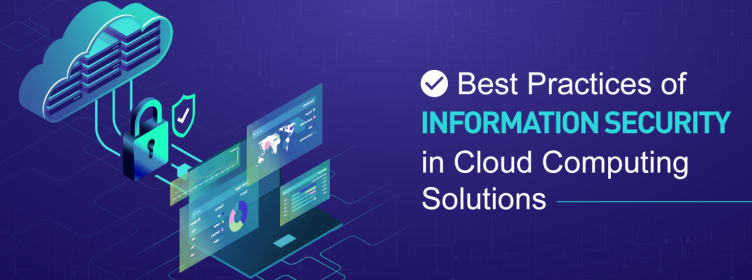Currently Empty: $0.00

Introduction
Cloud computing has revolutionized the way businesses operate, providing them with unprecedented flexibility, scalability, and cost savings. However, the benefits of the cloud also come with security risks that organizations need to be aware of. In this blog, we’ll explore the best practices for cloud security and how to keep your data safe in the cloud.
- Implement Strong Access Control:
Access control is a fundamental aspect of cloud security. Limiting access to data and resources to only authorized users is essential in preventing unauthorized access or data breaches. The first step is to define roles and permissions for each user, providing only the access they need to perform their job. Using multi-factor authentication (MFA) for accessing the cloud services can further strengthen the access control.
2. Encrypt Your Data:
Encrypting data both in transit and at rest is a crucial best practice for cloud security. Transport Layer Security (TLS) and Secure Sockets Layer (SSL) can be used to encrypt data in transit, while encryption algorithms such as Advanced Encryption Standard (AES) and RSA can be used to encrypt data at rest. Encrypting data ensures that even if an unauthorized user gains access to the data, they will not be able to read it.
3. Regularly Backup Your Data:
Data loss is a real risk in the cloud, and regular backups are essential in protecting your data. Cloud service providers offer backup and disaster recovery options, which can be customized based on your specific needs. Implementing a regular backup schedule and testing the recovery process is essential in ensuring the recoverability of your data in case of a disaster.
4. Implement Network Security:
Network security is critical in protecting your cloud infrastructure from unauthorized access and data breaches. Implementing a network security group (NSG) can help you control traffic flow and protect your virtual networks from attacks. Other best practices include setting up virtual private networks (VPNs) and using firewalls to limit network access.
5. Regularly Monitor and Audit Your Cloud Environment:
Regularly monitoring and auditing your cloud environment can help you detect potential security threats and prevent data breaches. Cloud service providers offer various security tools and services that can help you monitor your cloud environment, detect security incidents, and take corrective actions. Regularly reviewing audit logs can also provide insights into any unauthorized access attempts or other suspicious activities.
Conclusion:
Implementing these best practices can help you keep your data safe in the cloud and prevent security incidents. It is essential to understand that cloud security is a shared responsibility between the cloud service provider and the customer. As a customer, it is your responsibility to implement these best practices to secure your data and infrastructure in the cloud. By following these best practices, you can ensure the security and confidentiality of your data in the cloud.



